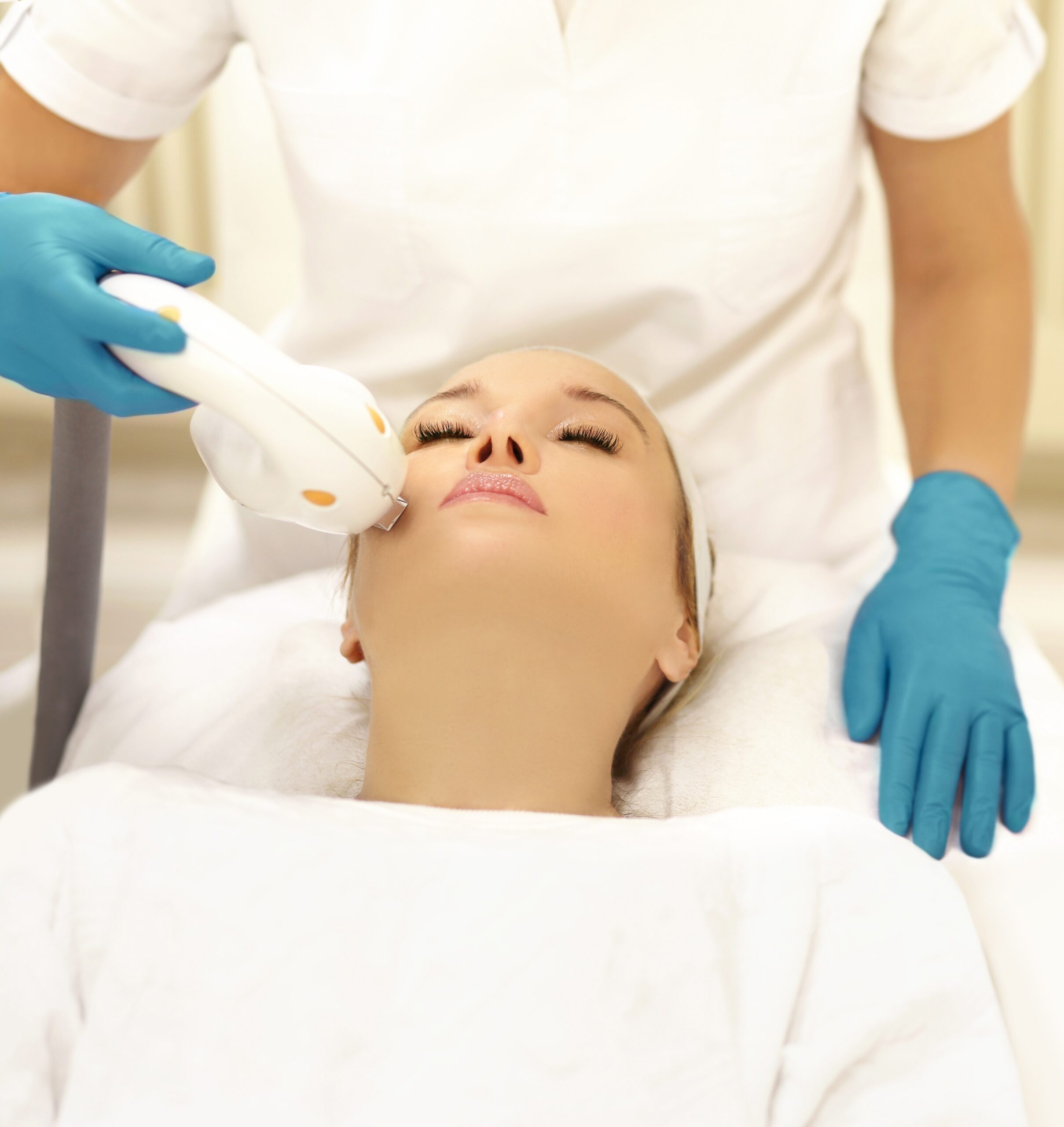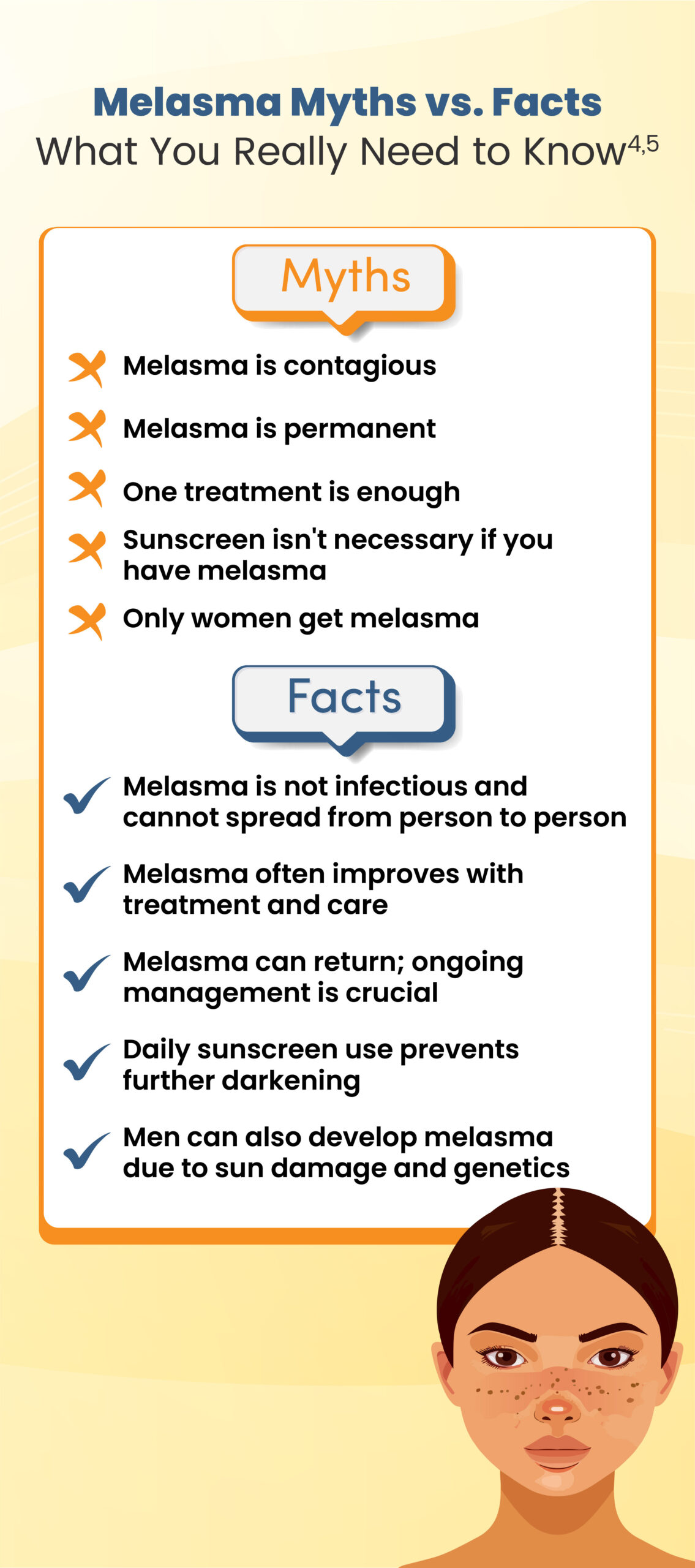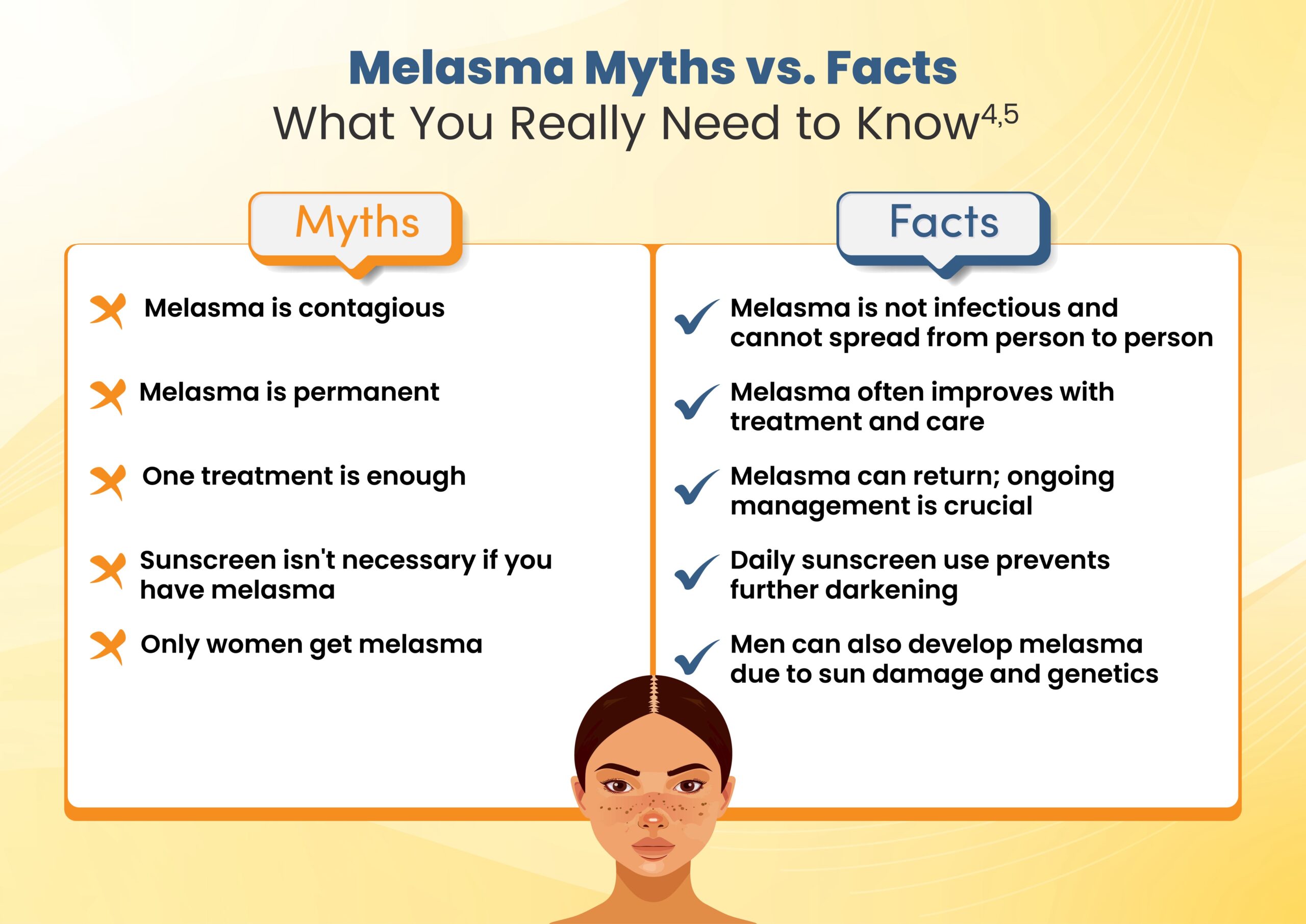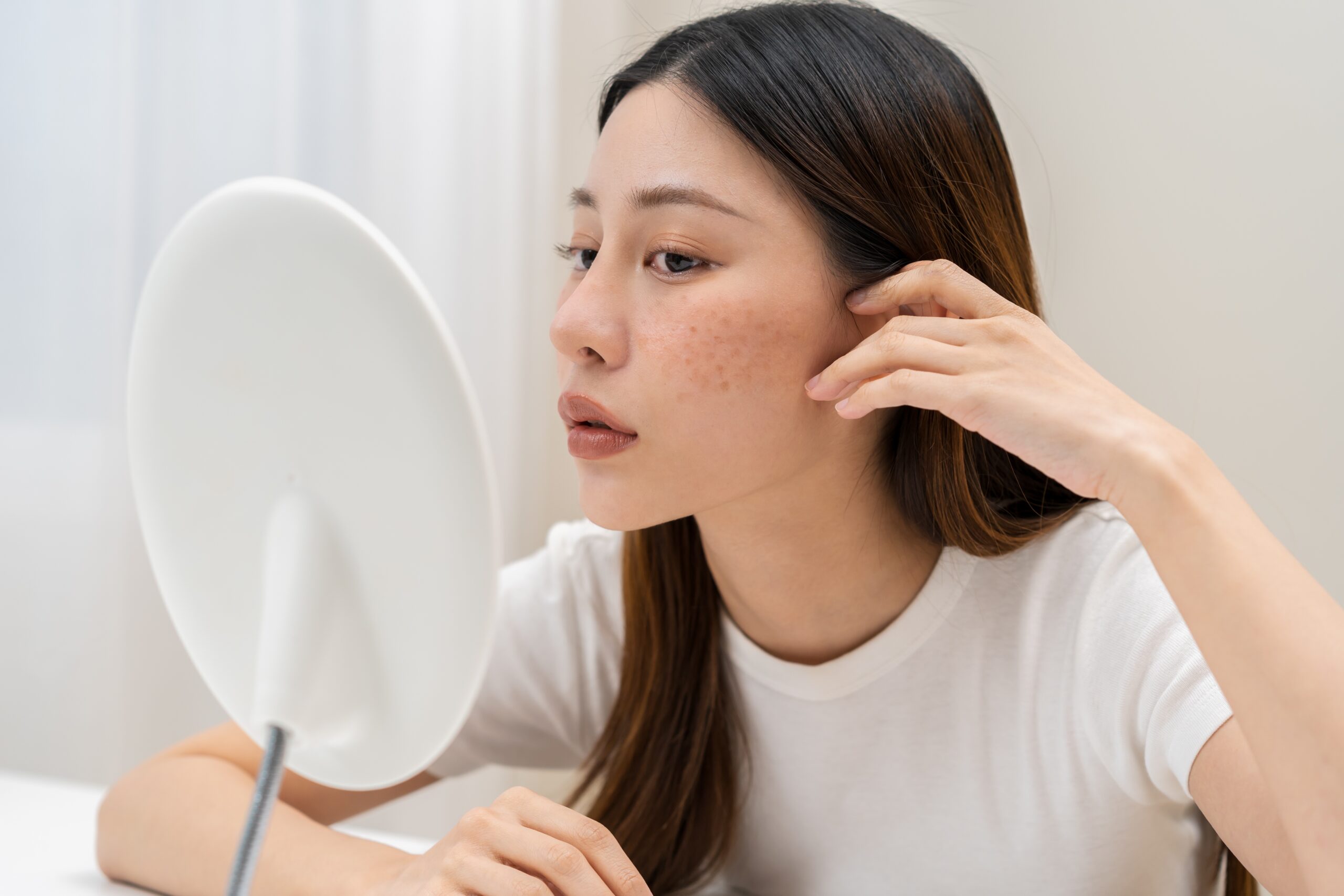Exploring Melasma Facts and Treatment
3 mins read
Melasma: Dark Spots on Your Skin and What They Mean?
Have you ever noticed dark spots on your skin, particularly on your face? Whether they are brown, tan, or even grey, these marks can initially seem harmless. But did you know that they might be signalling something deeper about your health? These dark spots could be a sign of a common skin condition called melasma, often mistaken for freckles or age spots. Understanding melasma and how it affects your skin is key to managing it and preventing further damage.The surprising causes of melasma
Melasma is a type of hyperpigmentation, a condition where dark patches form on the skin due to an overproduction of melanin. The causes of melasma are multifaceted, with hormonal changes being a significant factor. Pregnancy, birth control pills, or hormone replacement therapy (HRT) can trigger melasma, which is why it’s often referred to as the "mask of pregnancy" for expectant mothers. However, melasma doesn’t only affect pregnant women.1,2,3 Exposure to the sun, even in short bursts, can trigger melasma. UV rays stimulate melanin production, leading to dark spots on areas that are often exposed to the sun, like the face. Other causes include genetic predisposition, certain medications, and even stress. Studies have shown that melasma can be more prevalent in individuals with darker skin tones, as the excess melanin can become more noticeable on brown or black skin types.1,2 For this reason, understanding the underlying cause of melasma is crucial for choosing the right treatment.How to spot melasma early and what to watch out for?
Melasma usually appears on areas that are frequently exposed to the sun, such as the cheeks, forehead, nose, and upper lip. It can present as irregular patches of dark brown or blue-grey pigmentation. While melasma itself is harmless, early identification can help manage the condition before it worsens, as it greatly influences one’s self-esteem. It often appears symmetrically, meaning the spots will likely appear on both sides of the face.1,2,3To spot melasma early, pay attention to changes in your skin tone. If you notice that certain areas of your face are becoming darker over time, especially after sun exposure, melasma might be the culprit. Additionally, melasma may worsen with continued sun exposure or hormonal shifts, so keeping track of these factors can help you manage the condition more effectively.
Can melasma be reversed? Treatment options you should know
While melasma is not a condition that can be completely "cured", there are treatment options to lighten and manage the dark spots. The first step in melasma treatment is minimising sun exposure. Use broad-spectrum sunscreen with a high SPF, and make sure to reapply it throughout the day. Wearing wide-brimmed hats and seeking shade can also protect your skin.1,2,3 Topical treatments are often recommended, including products that contain ingredients like alpha arbutine and hydroquinone, which lightens the dark patches. Retinoids and corticosteroids may also be prescribed to reduce the pigmentation. Additionally, chemical peels, laser treatments, and microdermabrasion are more aggressive options that can be effective in treating melasma, though they may require multiple sessions and can have varying results depending on the individual.1,2,3 It's important to consult a dermatologist before starting any treatment plan, as they can tailor a solution that is best suited to your skin type and condition.Beat melasma - Everyday tips to keep your skin glowing
Preventing melasma from worsening requires a combination of lifestyle changes and skin care routines. Aside from avoiding sun exposure, ensure that you use a gentle cleanser to avoid irritating the skin. Incorporating antioxidants into your skincare routine can help protect the skin from further damage. Regular moisturising can also keep your skin hydrated, preventing the dryness that often accompanies melasma. Eating a balanced diet rich in vitamins and antioxidants can support skin health from the inside out. Finally, managing stress is essential. Stress is often linked to hormonal changes that can trigger melasma, so practising relaxation techniques like yoga or meditation can be beneficial for both your mental and skin health. Melasma might not be a life-threatening condition, but it can certainly impact your self-esteem and skin health. Recognizing the signs early, understanding its causes, and knowing the treatment options available can help you regain control over your skin. By following preventative measures and using the right skincare treatments, you can manage melasma and keep your skin looking radiant.
10 Facts About Melasma You Should Know1,2,3

Hormonal changes are a key factor
Pregnancy, birth control, and hormone therapy often trigger melasma.
4

Melasma can be treated
Treatment options include sunscreen, topical creams, and procedures like chemical peels.
8

Medications may trigger it
Certain medications can increase sensitivity to sunlight, worsening melasma.
10


Show References









